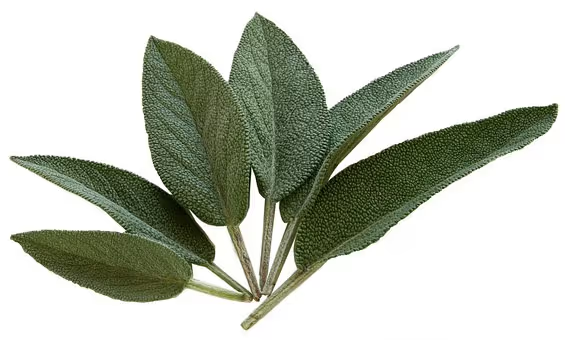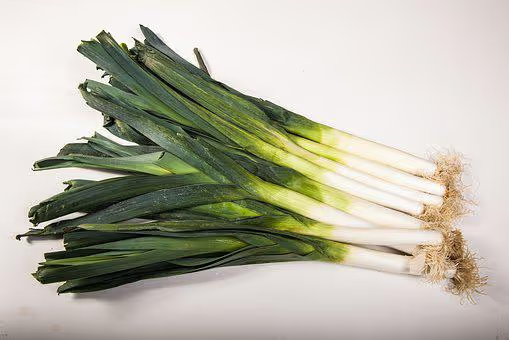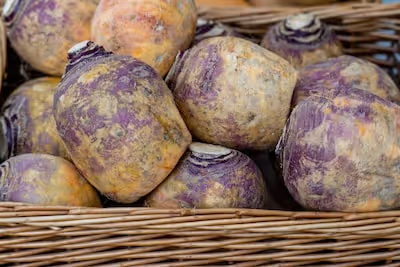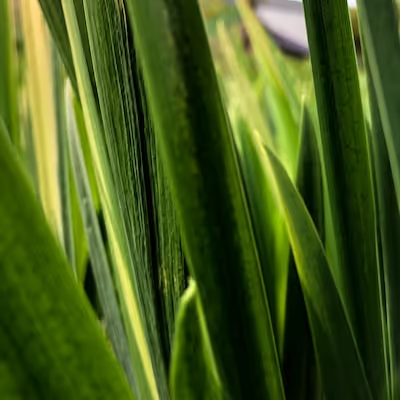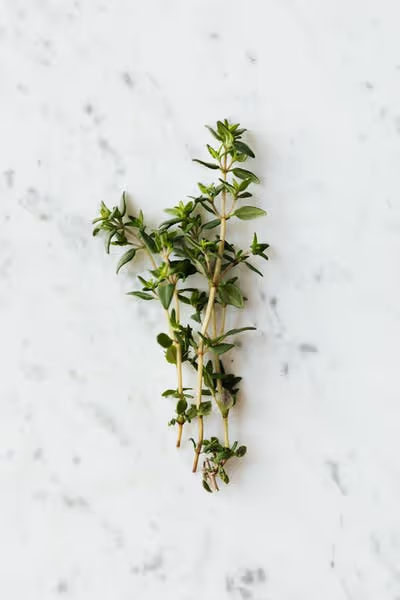Growing Goji Berries for a Healthy, Productive Home Garden
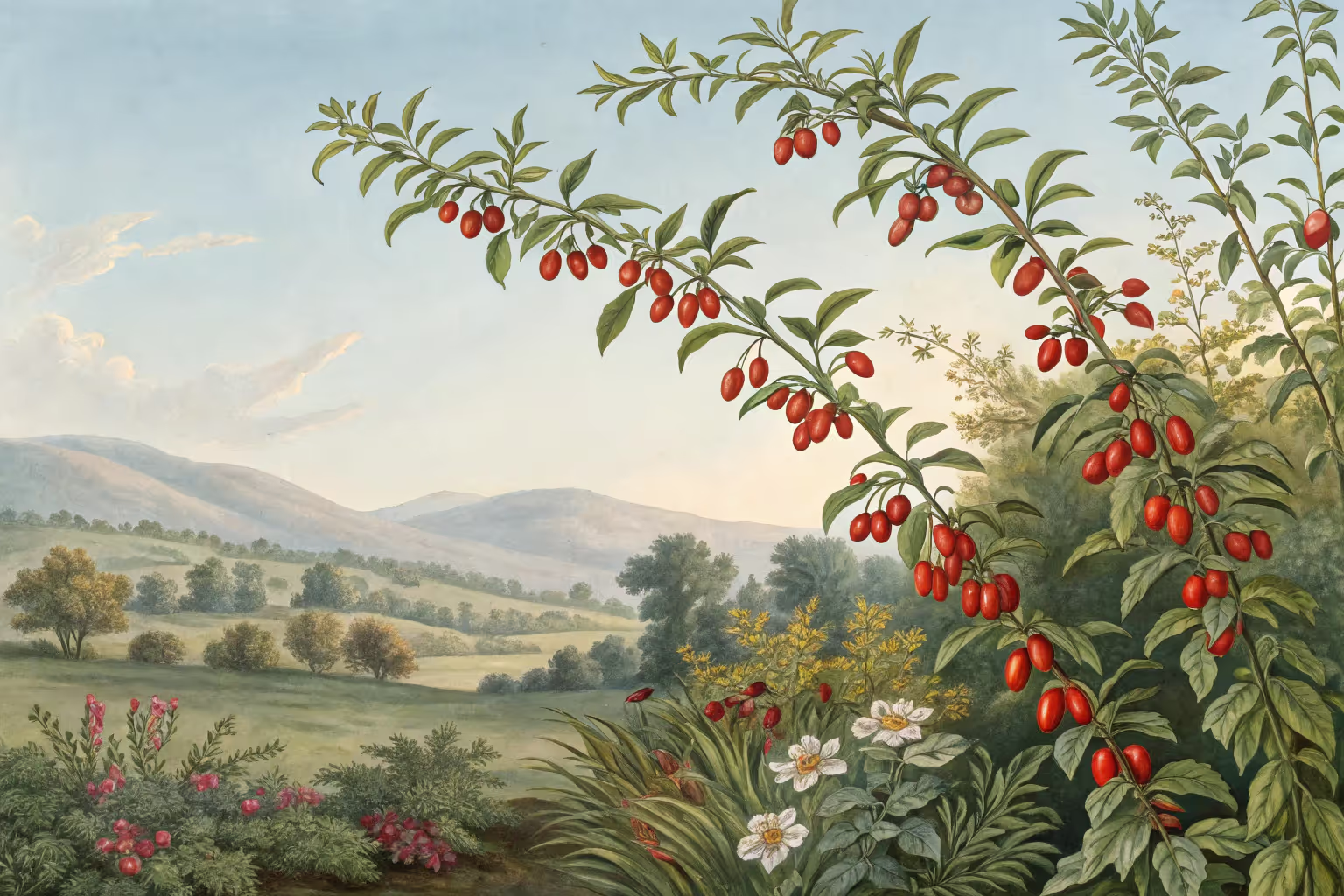
Growing Goji Berries
Growing Goji Berries rewards gardeners with vibrant color, hardy bushes, and a tasty, nutrient-packed harvest. These resilient plants tolerate poor soil, withstand harsh winters, and thrive in full sun. With minimal fuss and a little patience, you'll soon enjoy handfuls of fresh, ruby-colored berries—read on to discover exactly how to plant, care for, and harvest your own goji berries at home.
Cheatsheet: Home Harvests of Power-Packed Goji Berries
🌱 Variety & Site Selection
Choose: Lycium barbarum or Lycium chinense for highest fruit yield.
Sun: 6+ hrs direct sunlight.
Soil: Well-drained, pH 6.5-7.5. Add sand for clay soils.
🔨 Tools and Products You’ll Need
- Goji berry bare root plants or seeds
- Compost or organic mulch
- Spade or garden fork
- 3-4 ft (1–1.2 m) stakes or trellis
- Pruning shears
- Watering can or hose
- Balanced organic fertilizer
⏳ Planting & Care Steps
- Plant: Spring or fall. Space 5 ft (1.5 m) apart. Set root crown just below surface.
- Water: Keep moist, never soggy. Allow soil to dry between waterings.
- Mulch: 2 in (5 cm) organic mulch controls weeds, conserves moisture.
- Fertilize: Monthly spring–summer. Avoid excess nitrogen—promotes leaves, not fruit.
- Support: Tie stems to stakes or trellis for airflow and cleaner fruit.
- Prune: Annually in late winter. Remove damaged/weak branches; shape for sunlight.
🍒 Harvest & Yield
- Pick orange-red berries late summer–fall; yield grows year 2+
- Fresh, dried, or frozen—high in vitamin C, antioxidants, protein
- 1 shrub = enough for daily smoothies year-round
🦠 Pest & Disease Tips
- Resists most pests; netting deters birds.
- Avoid waterlogged soil to prevent root rot.
- Monitor for aphids, powdery mildew; treat early with neem oil spray.
🥗 Health & Self-Sufficiency
- Contains 18 amino acids, vitamin A, E, C
- Low-glycemic, immune-boosting, supports eye health
- Fully organic harvests possible in home gardens
-
Growing Goji Berries: why this plant earns a spot
Growing Goji Berries pays back fast with startlingly orange fruit, thorny charm, and an easy-care habit once established. I planted my first hedge a decade ago, stained my fingertips, and never looked back.
“Mature goji shrubs can yield several pounds per plant under good management,” report multiple U.S. extension trials, including Utah State University Extension and New Mexico State University.
Botany snapshot
Goji is Lycium barbarum or L. chinense, a deciduous, cane-forming shrub in the nightshade family. It fruits on new wood, which drives the pruning strategy that matters most for steady crops.
Plants can hit 6 to 10 feet tall and wide if untrained, though I hold mine at 4 to 6 feet for tidy picking. Expect small lilac flowers, then berries from midsummer into fall.
Site and soil that keep goji happy
- Sun: full sun is best for sugar and color. Light shade works but softens flavor and cuts yield.
- Drainage: fast-draining ground or raised beds. Standing water rots crowns.
- Texture: loam or sandy loam with 3 to 5 percent organic matter works beautifully.
- pH: tolerant from about 6.5 to 8.0, which is broader than blueberries, according to Utah State University Extension.
- Salt: more salt-tolerant than many berries, a trait noted by New Mexico State University trials.
I mix compost and coarse sand into heavy soils, then mulch with chipped wood outside the crown zone. Gravel mulch near the trunk dries fast and helps thwart collar rot in humid summers.
Container culture for patios and balconies
Use a 15 to 25 gallon pot, a gritty peat-free mix, and a stout stake or trellis. Containers dry out quickly in July heat, so I water deeply, then let the top 2 inches 5 cm dry before the next soak.
In winter, slide pots against a wall or wrap with burlap to buffer freeze-thaw cycles. Zone 5 to 9 plants handle cold, yet roots in pots chill harder than in-ground shrubs.
Planting calendar and spacing
Plant in early spring after soil is workable or in early fall while still warm. Space 4 to 6 feet 1.2 to 1.8 m apart in rows 8 feet 2.4 m apart for airflow and easy picking.
Water in, prune to a single leader, and mulch. On windy sites I run a simple two-wire trellis the first year to prevent the classic floppy-octopus look.
Training and pruning that earn fruit
Since berries form on current-season shoots, the system is simple: build a framework, then keep new shoots coming. I grow mine like raspberries on a two-wire trellis for clean lanes and quick harvests.
- Year 1: choose one main leader, tie it to a stake, and tip it at 24 inches 60 cm to force side shoots.
- Year 2: select 3 to 5 laterals and tie them horizontally along wires at 30 and 48 inches 75 and 120 cm.
- Every winter: remove dead, weak, or tangled wood, and shorten last year’s whips by one third.
- Midseason: pinch overly long green shoots to 6 to 8 leaves to shift energy into flowers and fruit.
This routine keeps fruiting wood young and reachable. Skip the cuts and you feed birds and spider mites instead of your bowl.
Water and feeding
Give 1 inch 25 mm of water weekly during establishment, then ease off once roots reach deeper moisture. In my hot summers I irrigate every 5 to 7 days, then reduce in late season to intensify flavor.
Feed lightly. Excess nitrogen pumps leaves and stomps flowers, a point echoed in Utah State University guidance, so I topdress with finished compost each spring and use a gentle 5-5-5 at half rate if leaves pale.
Pollination and bloom
Plants are self-fertile and bee-visited. I still plant two cultivars 8 to 12 feet 2.4 to 3.7 m apart, which has given me bigger, more consistent sets.
Harvest and postharvest
Pick fully colored berries from July into October as they turn vivid red-orange and taste sweet-tart. They bruise easily, so roll them into your palm rather than yank by the stem.
Refrigerate promptly and eat within 3 days. For dried fruit, dehydrate at 125 F 52 C until leathery, usually 10 to 16 hours, and expect roughly a 4 to 1 fresh-to-dry ratio.
Flavor, nutrition, and safety notes
The flavor hints at tomato, cranberry, and rose hip, especially in heat and full sun. Berries carry carotenoids like zeaxanthin along with vitamin C and fiber, per USDA FoodData Central.
MedlinePlus flags a known interaction with warfarin, so anyone on anticoagulants should check with a clinician before frequent consumption. The Royal Horticultural Society cautions that unripe fruit and foliage can be harmful, so eat only ripe berries.
“Goji may interact with warfarin,” notes MedlinePlus, citing clinical case reports, so coordinate with your healthcare provider if you take blood thinners.
Pests, diseases, and how I keep them in line
- Spider mites: first sign is stippled leaves in hot, dry spells. Blast with water, then use a light horticultural oil if needed, applied in the cool of day.
- Aphids and whiteflies: lady beetles and lacewings help; a neem rotation settles persistent colonies.
- Powdery mildew: prune for airflow, water at soil level, and avoid lush nitrogen that invites soft, susceptible tissue.
- Leaf spots Botrytis, Cercospora: remove infected leaves, keep mulch clean, and rotate copper or biofungicides if wet weather lingers.
- Birds: 19 mm mesh netting saves your crop. I drape it over a simple PVC frame to keep beaks off fruit.
- Rodents and deer: cage trunks the first two years; deer browse new growth like salad.
Top cultivars and buying tips
- Sweet Lifeberry Lycium barbarum: compact habit, reliable sweetness, widely available in garden centers.
- Big Lifeberry Lycium barbarum: larger fruit and heavy set on a trellised frame.
- Phoenix Tears selection: cold hardy and productive in continental climates, with a cleaner, less earthy flavor in my trials.
- Regional Chinese selections Ningxia types: grown for drying; look for nurseries that state origin and selection history.
Buy container-grown, named plants for predictable fruit size and flavor. Seedlings from dried store berries vary wildly and often run small and seedy.
Expect to pay 15 to 40 USD 14 to 38 EUR per plant depending on size and branding. Inspect for clean foliage, no circling roots, and at least one sturdy leader.
Propagation for the patient and curious
Softwood cuttings 4 to 6 inches 10 to 15 cm in late spring root quickly with bottom heat around 70 F 21 C and high humidity. I stick them in a 50-50 perlite and coco blend, then pot up after 3 to 4 weeks.
Hardwood cuttings root too, though slower. Seeds germinate in 10 to 20 days, yet offspring vary, so use seed only for breeding or fun, not guaranteed fruit quality.
Yield expectations and timelines
Year 1 gives structure. Year 2 gives pints.
By year 3 to 4, a well-trellised plant can deliver 2 to 6 pounds 0.9 to 2.7 kg in home gardens, with higher totals possible in sunny, dry climates and with steady renewal pruning.
Oregon State University and Utah State University extension materials both emphasize fruiting on new wood and the value of annual renewal pruning for consistent yield.
Smart companions and bed planning
Plant goji as a hedge with thyme or creeping savory at the base to dry the crown zone and lure pollinators. Avoid planting after tomatoes, potatoes, or peppers if your soil carries verticillium risk.
Mulch with wood chips out to the dripline, but keep a bare 4 inch 10 cm donut around the trunk. I underseed with white clover between rows for living mulch and better footing on harvest days.
Common questions gardeners ask me
Will goji grow in partial shade: yes, though yield and sweetness dip. Full sun gives best fruit color and flavor.
Do I need two plants: no, they are self-fertile. That said, a second cultivar nearby can even out set in cool springs.
Is goji invasive: it can sucker and self-seed on rough ground. Keep plants pruned, mulched, and harvested, and remove volunteers.
How cold can they take: most selections handle USDA zones 5 to 9. In colder pockets, mulch roots deeply and avoid late nitrogen that delays dormancy.
Can I eat the leaves: skip them. Stick to ripe fruit only, per Royal Horticultural Society guidance.
Field notes from a decade of trials
My sweetest crops came from lean feeding, ruthless thinning, and ruthless sun. The worst came from kindness with nitrogen and overhead sprinklers during hot, still weeks.
Birds will beat you on ripeness if you dither. Net early, pick often, and dry the seconds for winter tea or trail mix.
Credible references I trust on goji
- Utah State University Extension, Goji production in intermountain gardens, pruning and soil pH guidance.
- New Mexico State University, Wolfberry goji research on arid-land tolerance and yield potential.
- Royal Horticultural Society, Lycium barbarum cultivation and toxicity cautions.
- USDA FoodData Central, nutrient composition of dried goji berries.
- MedlinePlus NIH, documented interaction of goji with warfarin.
Frequently Asked Questions About Cultivating These Nutritious Berries
What soil conditions best support healthy growth?
These nutrient-packed berries thrive in well-draining, sandy loam soil with a slightly alkaline to neutral pH range of 6.8 to 8.1. Incorporate organic compost yearly to enrich the soil with essential nutrients and foster vigorous growth.
How much sunlight do the plants require?
For optimal fruit production, provide the plants with at least 6 to 8 hours of direct sunlight daily. Areas receiving full sun foster vigorous foliage and abundant berry yields.
What watering regimen keeps the plants flourishing?
Maintain consistent moisture by watering deeply once or twice weekly, allowing the topsoil to dry slightly between sessions. Aim for about 1 to 2 inches (2.5 to 5 cm) of water weekly, increasing frequency during prolonged hot or dry periods to sustain robust growth.
Are these plants sensitive to frost and cold weather?
These hardy plants tolerate temperatures as low as -15°F (-26°C) once established. However, young plants benefit from protective mulching and shelter during their first winter to promote root establishment.
When and how should pruning occur?
Prune annually in late winter or early spring, removing dead or damaged branches and thinning interior growth for better air circulation. Proper pruning promotes vigorous plant health and enhances berry yield by encouraging new productive growth.
Do these berries require fertilization?
Feed each plant yearly, in early spring, with a balanced organic fertilizer such as 10-10-10 NPK. Supplemental compost tea applications during the growing season can further encourage strong foliage and fruit development.
When is the ideal time to harvest these berries?
Harvest berries when they reach a vibrant red-orange hue, typically between late summer and early autumn. Hand-pick the ripe berries gently, as they bruise easily, and consume or preserve within a few days for optimal freshness and nutritional value.
Growing goji berries brings a wild, ancient flavor to your backyard and a punch of nutrients to your table. These resilient shrubs ask for sun, well-drained soil, and a little patience, but the payout—juicy, tangy fruit packed with antioxidants—is worth every minute. Prune for shape and airflow, water with intention, and you’ll be rewarded with baskets of bright red berries. Add some variety to your plot by exploring other unusual crops like bilberries or emu berry. The world of homegrown superfoods is right at your fingertips. Roll up your sleeves and give growing goji berries a shot—you’ll taste the difference and feel it too.
The Prepper's Guide: Essential Goji Berry Gardening Strategies for Self-Sufficiency
Selecting Sustainable Varieties
- Choose "Phoenix Tears" for prolific, early harvest and cold tolerance to -15°F (-26°C).
- Opt for the drought-resistant "Firecracker" variety to conserve water resources.
- Select multiple cultivars to extend harvest periods and increase resilience against climate variability.
Creating Long-Term Vitality in Soil
- Incorporate biochar into soil to enhance moisture retention and nutrient storage for up to 1,000 years.
- Utilize deep mulch methods, layering 8-10 inches (20-25 cm) of straw or woodchips annually to boost organic matter and stabilize soil temperature.
- Integrate nitrogen-fixing plants nearby, such as clover or lupines, to minimize dependence on external fertilizers.
Propagation and Preservation Methods
- Master air-layering techniques for reliable propagation without specialized equipment or electricity.
- Use solar dehydration techniques to dry harvested berries, retaining antioxidant levels (>80%) for long-term, off-grid storage.
- Preserve fresh berry nutrients through alcohol extraction (tinctures) or vinegar-based preparations, lasting up to 5 years without refrigeration.
Managing Pests Naturally
- Introduce beneficial insects like lacewings or ladybugs to control aphid populations sustainably.
- Apply neem oil or homemade garlic sprays as effective, chemical-free deterrents against common pests.
- Plant aromatic repellents such as sage, rosemary, or mint around goji berry bushes to dissuade browsing animals.
Maximizing Nutritional Yield
- Harvest leaves, rich in amino acids and minerals, drying them as teas or powdered supplements.
- Utilize young shoots in salads or stir-fries to secure continual nutrient gains even before fruit matures.
- Rotate harvest among multiple plants to foster continuous supply throughout the growing season, enhancing household food security.
Find out which plants will thrive in your garden!
Answer a few fun questions and get custom plant recommendations perfect for your space. Let’s grow something amazing together!

start your season

